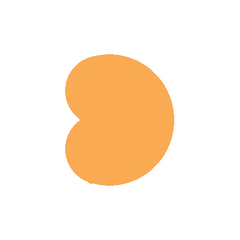Magazines increase web traffic
 The MPA (Magazine Publishers of America) published a week ago further proof of the effects of integration of media. I've written about integration before, the various pieces of research confirm with strong evidence that magazines boost traffic to websites. And have a strong effect on purchase intention. The effect on website visits, after having seen an automotive ad in magazines, was strongest, traffic almost doubled. Online media need offline media to generate traffic was confirmed by a survey of BIGresearch. Magazines scored best among the Top 10 media to trigger online search, TV scored second and newspapers third. Internet advertising scored only a ninth place at slightly more than half the score of magazines. Magazine brands are strong brands as another study showed. After having watched an online video ad on a series of sites, consumers turn most to magazine sites for further information, significantly more often than going to online portals.
The MPA (Magazine Publishers of America) published a week ago further proof of the effects of integration of media. I've written about integration before, the various pieces of research confirm with strong evidence that magazines boost traffic to websites. And have a strong effect on purchase intention. The effect on website visits, after having seen an automotive ad in magazines, was strongest, traffic almost doubled. Online media need offline media to generate traffic was confirmed by a survey of BIGresearch. Magazines scored best among the Top 10 media to trigger online search, TV scored second and newspapers third. Internet advertising scored only a ninth place at slightly more than half the score of magazines. Magazine brands are strong brands as another study showed. After having watched an online video ad on a series of sites, consumers turn most to magazine sites for further information, significantly more often than going to online portals.
Integrating media and the interaction between media is making media planning a lot more complex and interesting. Understanding the role of print media in this new media landscape goes beyond readership surveys. Tools need to be put in place to trace the path consumers follow after reading.




















